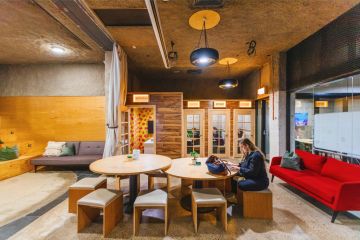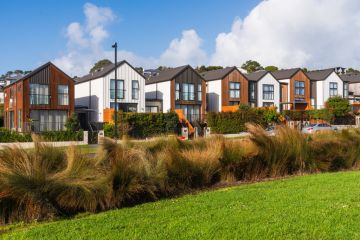Independent Schools Guide 2018: Multi or single campus?

When it comes to schools – size can matter – and many parents weigh up the benefits of sending their child to either a larger, multi-campus school or a smaller, single-campus one.
For parents, this decision can include what’s on offer in terms of the curriculum, the facilities of the school, how active the school community is and, of course, whether their child will be supported and learn in these different environments.
Associate Professor Helen Proctor with The University of Sydney says there is no research to definitively help parents choose between multi-campus or single-campus school.
It comes down to which type of school parents believe their child will excel in.
“There are just too many factors at play,” Proctor says. “Schools are big, complicated institutions. Some of them are the size of small towns.
“And that’s before you even start to consider family and other factors. Anyone who has been to their school reunion should be able to understand this.
“People even in the same class at a fairly homogenous school can have such different memories of their education a few years down the track and such different post-school lives.”
- Related: Independent Schools Guide 2018: Choosing a school for your child
- Related: Independent Schools Guide 2018: Making the right choice
- Related: Independent Schools Guide 2018: Co-education or single sex?
- Related: Independent Schools Guide 2018: Religious or secular?
Dean of Learning and Teaching at The University of Melbourne’s Graduate School of Education, Associate Professor Larissa Davies-McLean, says both types of schools have their positives and challenges.
What matters most, she says, is the quality of teaching and learning within the school environment, whether it’s big or small.
“There are different opportunities that children will have to experience in different learning contexts – wonderful learning can happen in a range of contexts,” she says.
Davies-McLean says it’s good to keep debate going on different types of schools, but remembering at the core of it all is supporting teachers to be able to give children a quality education.
That’s certainly been the focus of schools in Melbourne like Haileybury and Shelford Girls’ Grammar.
Haileybury has campuses in Melbourne, Darwin and China and also delivers the VCE in China, Timor Leste and The Philippines. Haileybury’s principal, Derek Scott, says one of the main benefits of a multi-campus school is the students’ connection across Melbourne (and the globe).
“The school’s international operations provide additional benefits to its students [giving them] a number of opportunities to travel abroad and experience new cultures.”
While it is a large school with many campuses, Haileybury still has a tight-knit alumni community with around 16,000 members connected through clubs and events associated with the school.
At Shelford Girls’ Grammar in Caulfield, the draw of a single-campus school is also its close community. Principal Polly Flanagan says their research shows that is only part of the appeal.
“Our research tells us that parents choose Shelford because it is a small girls’ school with strong academic results. Parents like the fact that everyone is known and that they and their daughters can join a close-knit community.
“A small school like Shelford will never be able to compete with the facilities of very large schools and we are quite open about that. For example, we don’t have a swimming pool or expansive sports stadium. With MSAC (Melbourne Sports and Aquatic Centre) so close, we don’t think that matters.
“What does matter is valuing our best assets; our teachers, our students and their families and the quality relationships that they build and nurture.”
We recommend
We thought you might like
States
Capital Cities
Capital Cities - Rentals
Popular Areas
Allhomes
More







